Starting therapy is a very courageous decision, yet many hesitate due to fears, stigma, or uncertainty, but the truth is, mental health deserves as much care and attention as physical health.
Seeking therapy is not just about addressing struggles, it’s more about growth, healing, and taking control of your life.
This guide simplifies the process, giving you steps to start your therapy journey so you can begin your journey toward mental wellness with confidence and clarity.

Steps to Start Your Therapy Journey
1. Evaluate Their Treatment Philosophy

Discuss their underlying beliefs about human nature and healing, and ask how they view the therapeutic relationship and what role they believe it plays in recovery.
Some therapists take a more directive approach, while others prefer to let clients lead the way. Knowing their philosophical framework helps you anticipate how they’ll approach your work together.
2. Ask for Specializations
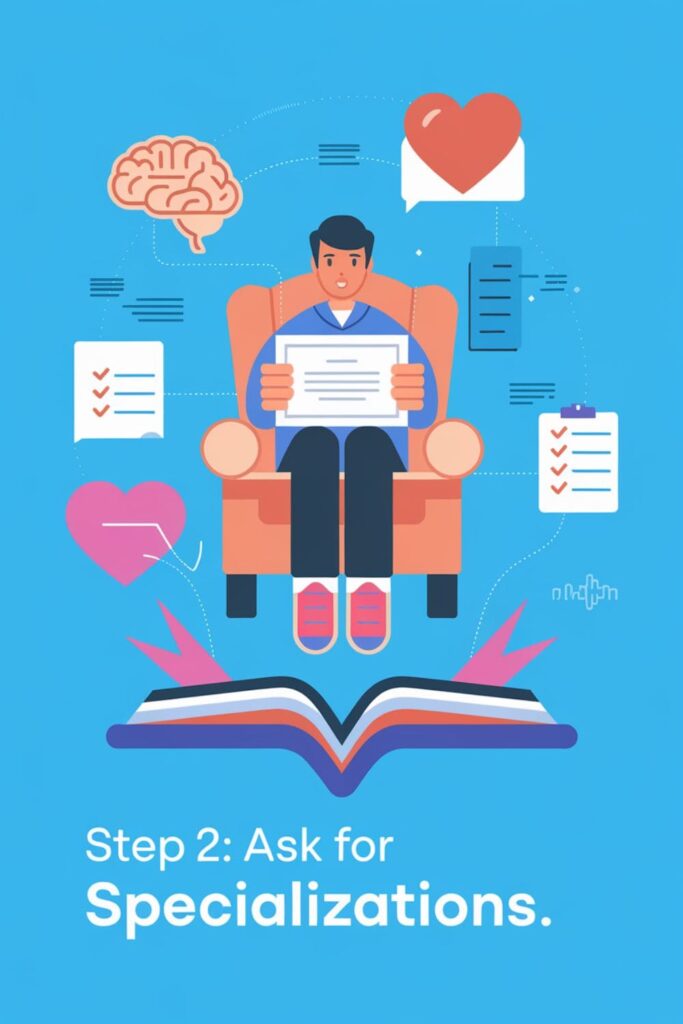
Inquire deeply about their expertise with specific conditions, and also consider if they have additional certifications or specialized training in areas relevant to your needs.
Some therapists focus on eating disorders, while others excel at treating OCD or relationship issues. Understanding their specific strengths helps makes sure you’re working with someone equipped to handle your unique challenges.
3. Discuss Crisis Management
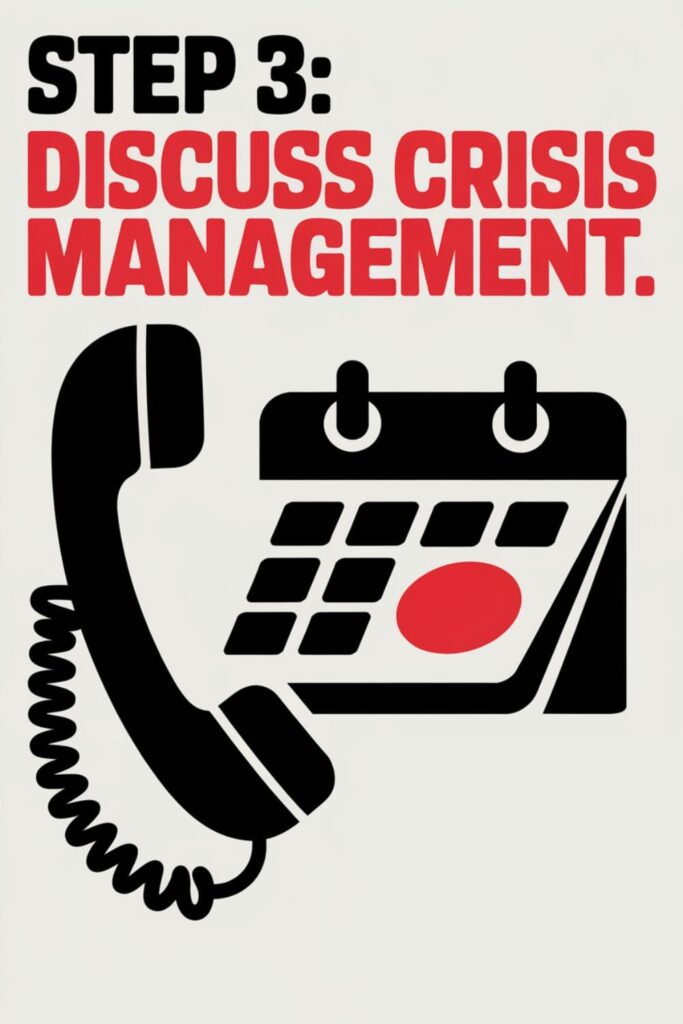
Learn about their protocols for handling emergencies, and try to understand how they handle situations requiring immediate intervention. Get clear information about their after-hours availability and backup support systems.
Know what resources they recommend when they’re unavailable. This conversation helps you feel secure about having support during difficult moments.
4. Review Technology Policies

Understand their approach to between-session communication, and clarify their policies about text messages, emails, and phone calls. Some therapists use therapy apps or online platforms for homework assignments, etc.
Others maintain strict boundaries about digital communication. Knowing these parameters helps avoid misunderstandings about accessibility and also response times.
5. Check Supervision Status
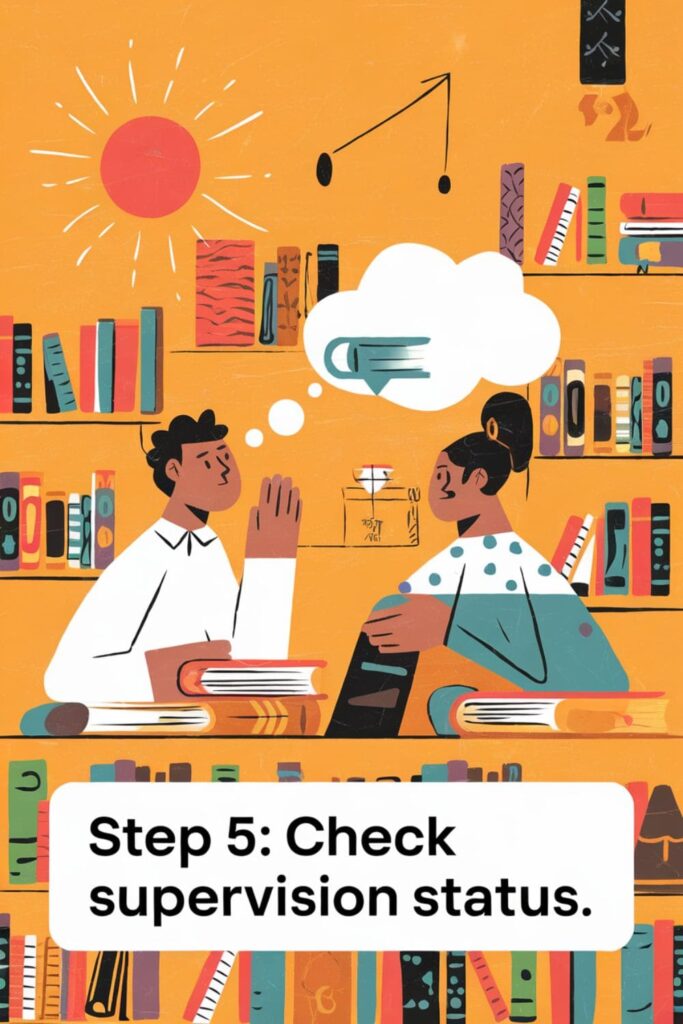
For newer therapists, ask about their supervision arrangements, and understand how they handle challenging cases beyond their expertise.
Even experienced therapists should engage in ongoing consultation or peer supervision. This shows their commitment to professional growth and ethical practice.
Related: 10 Life-Saving Coping Strategies for Managing Anxiety!
6. Discuss Measurement and Progress
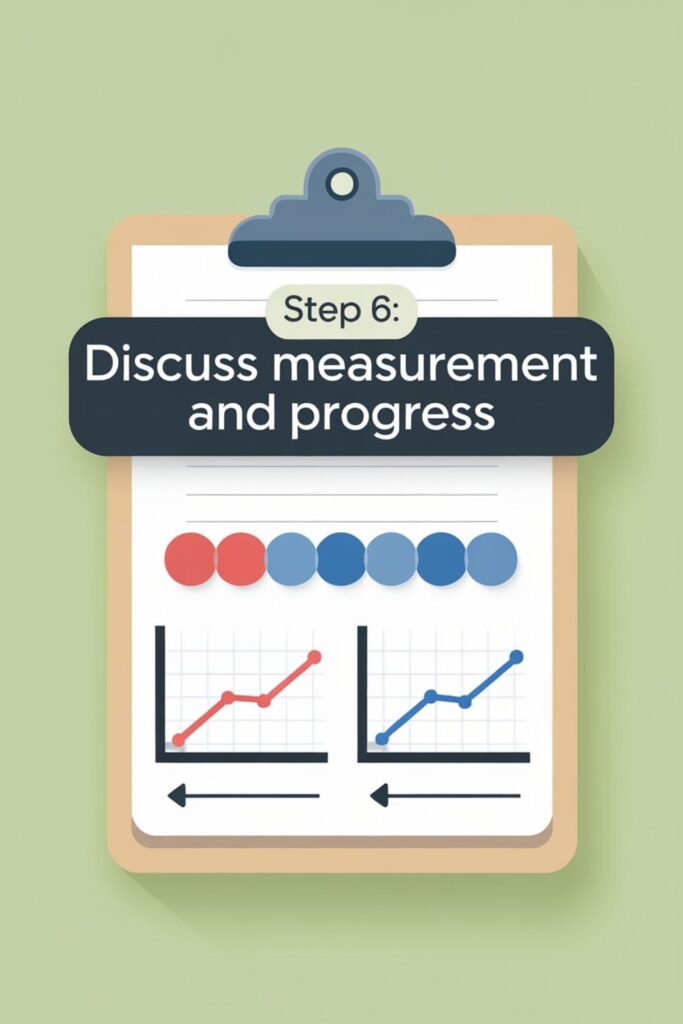
Learn how they track therapeutic progress, and ask about their methods for assessing whether therapy is working. Some use formal assessments or rating scales, while others rely more on subjective feedback.
Understanding their approach to evaluation helps you know what to expect in terms of reviewing and adjusting your treatment plan.
7. Explore Termination Policies

Understand their approach to ending the therapy. Discuss how they handle planned and unplanned terminations, and learn about their protocol for referrals if needed.
Good therapists view termination as an important phase of treatment rather than an abrupt ending, this conversation helps you understand how to conclude therapy responsibly when the time comes.
8. Investigate Professional Networks
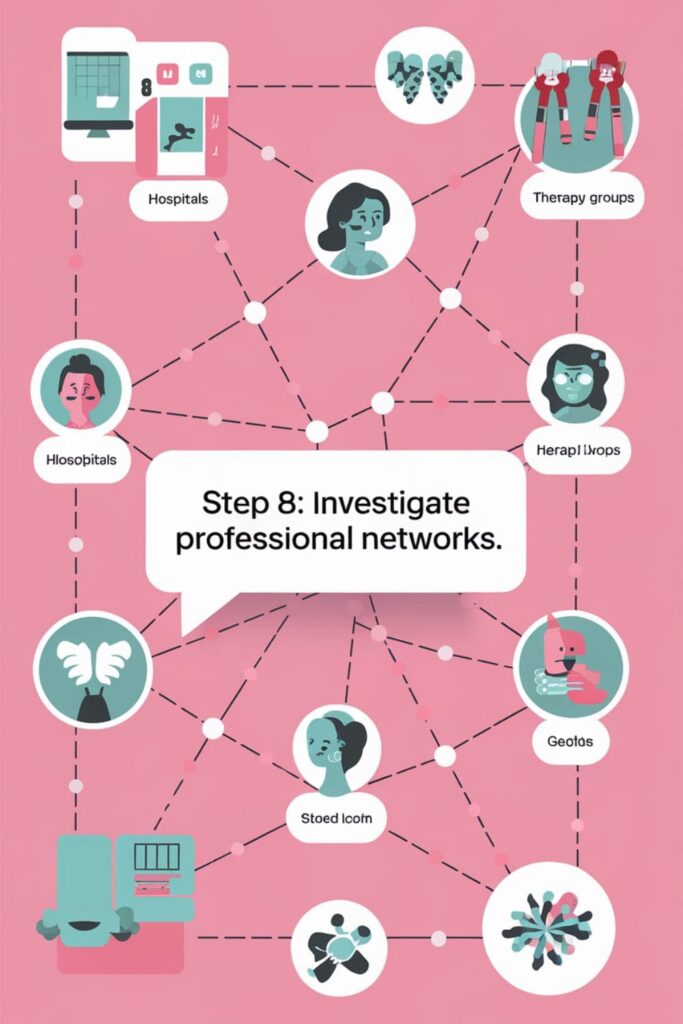
Ask about their connections with other mental health professionals, to understand their referral network for additional services you might need.
Strong professional relationships indicate they’re well-integrated into the mental health community. This can be particularly important if you need specialized care or additional support services.
9. Discuss Therapeutic Boundaries
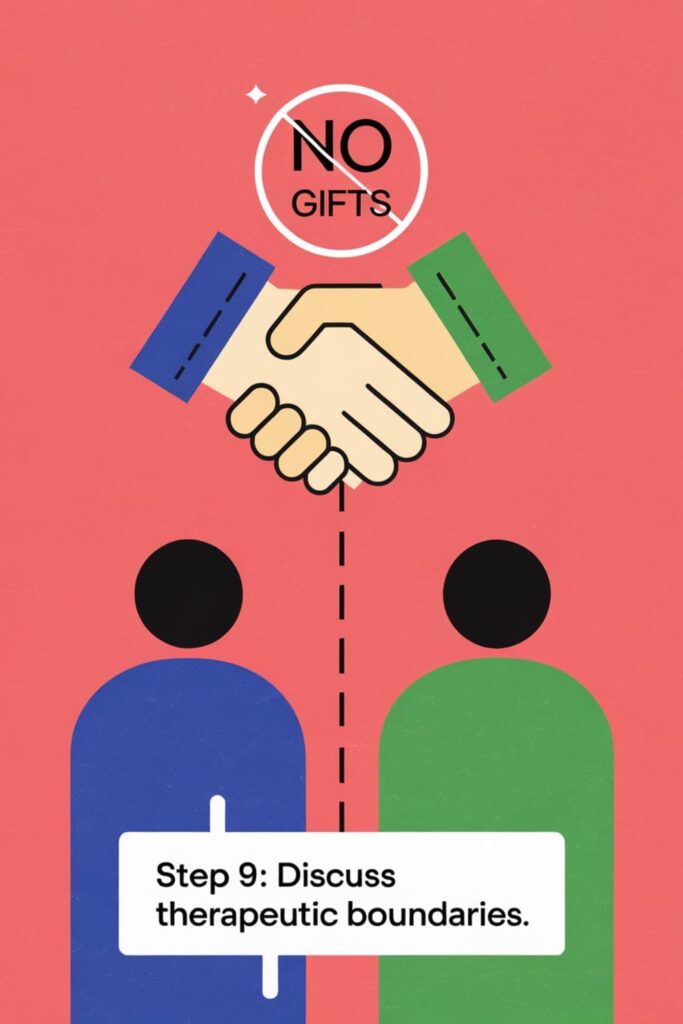
Explore their policies about dual relationships and social media, to understand their stance on running into clients in public. Learn how they handle gifts or cards from clients.
Clear boundaries protect both therapist and client while fostering a professional healing relationship.
10. Evaluate Financial Policies
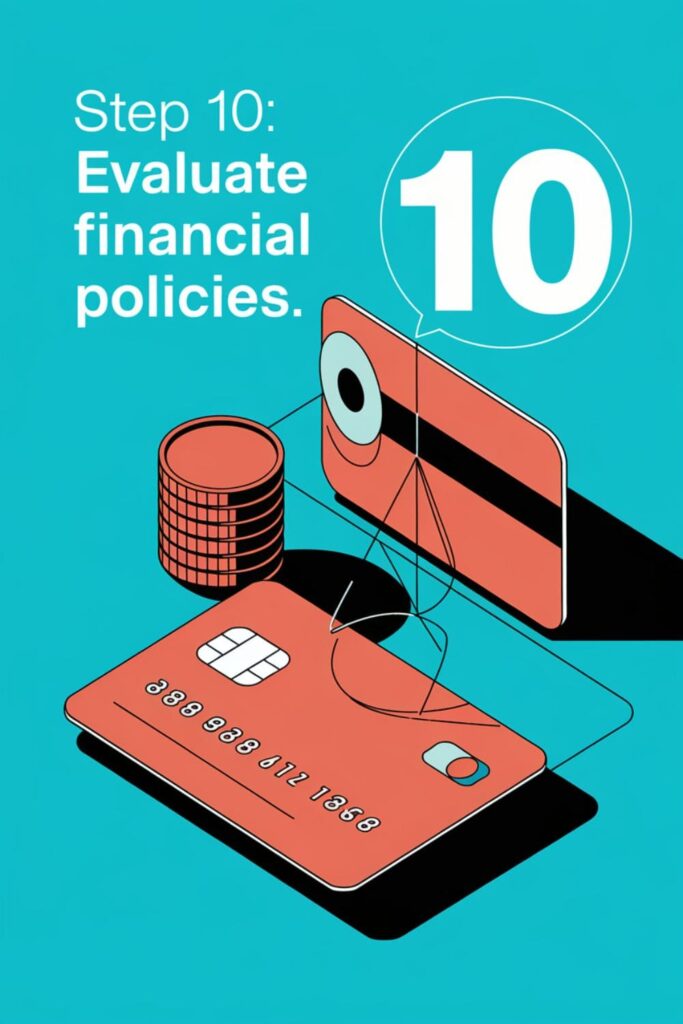
Knowing the financial aspects of therapy is very crucial to avoid surprises down the line, begin by asking about the full fee structure beyond the basic session costs.
This includes charges for missed sessions, extended sessions, written reports, letters, or court appearances, if applicable. Clarify if they offer sliding scale fees based on income or accept insurance, and discuss what happens if your insurance coverage changes.
Related: 10 Techniques to Stop Negative Self-Talk Today!
Conclusion
Beginning therapy is a profound act of self-care and self-respect, and while the process may feel daunting, these steps equip you with the knowledge to make informed decisions and find the right support.
Therapy is not about perfection, but is about progress and giving yourself the tools to lead a healthier, more fulfilling life. Remember, taking this step shows strength and commitment to your well-being.
Your future self will look back and thank you for prioritizing your mental health today.
